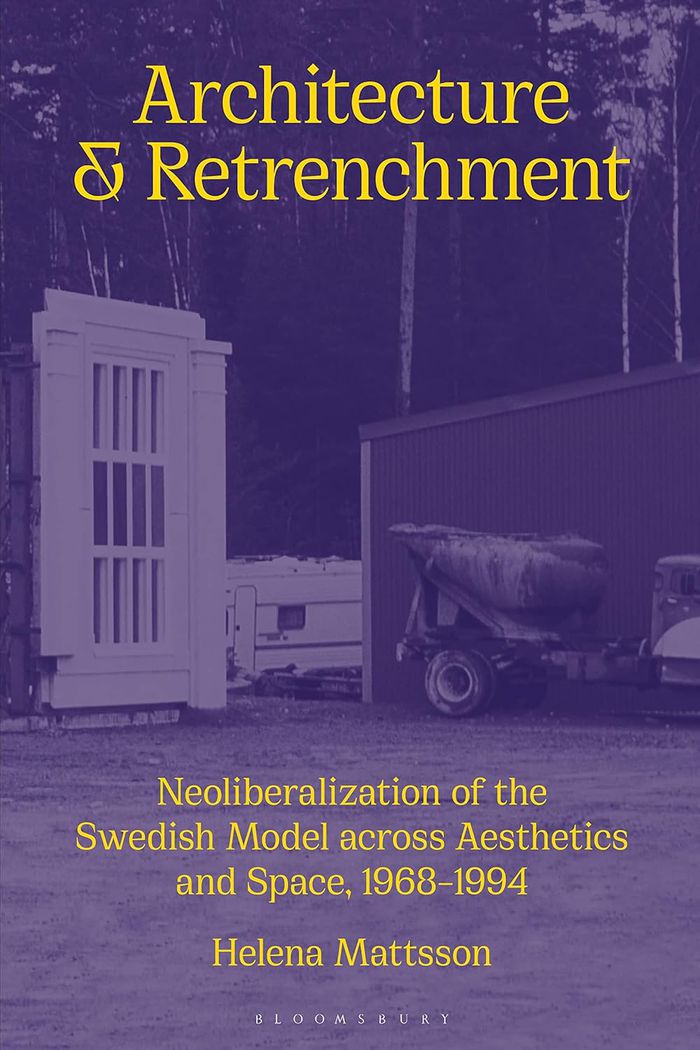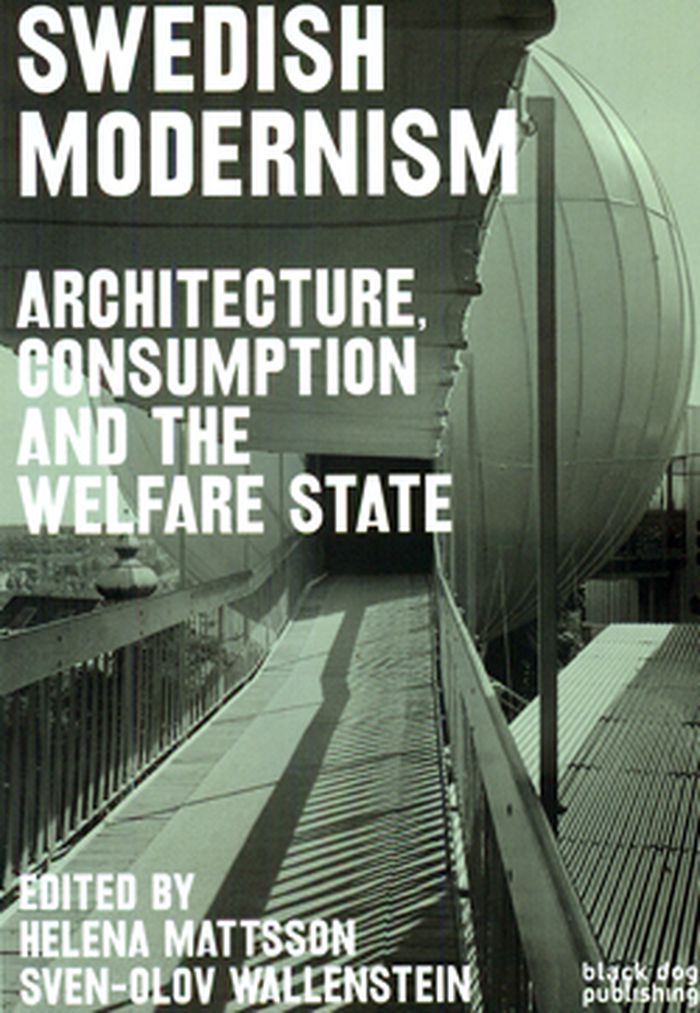Architecture and retrenchment : aesthetics, spatial practices and the neoliberalisation of the 1980s
$51.50
(available in store)
Summary:
"Architecture and retrenchment" explores the "neoliberal turn" in architecture, through the rise and fall of the Swedish welfare state. There are few better case studies of architecture's role in the retrenchment and dismantling of the welfare state than Sweden, the birthplace of the world-famous "Swedish Model" and now home to Europe's fastest-growing inequality. Through(...)
Architecture and retrenchment : aesthetics, spatial practices and the neoliberalisation of the 1980s
Actions:
Price:
$51.50
(available in store)
Summary:
"Architecture and retrenchment" explores the "neoliberal turn" in architecture, through the rise and fall of the Swedish welfare state. There are few better case studies of architecture's role in the retrenchment and dismantling of the welfare state than Sweden, the birthplace of the world-famous "Swedish Model" and now home to Europe's fastest-growing inequality. Through eight in-depth architectural case studies, Helena Mattsson analyzes how neoliberalism has created conditions for a new built environment which was once closely integral to the welfare system, examining how new architectural strategies and techniques were developed in order to protect the agency of architecture in a newly re-organised society, and revealing the role of architecture in creating new types of segregation, discrimination, and social stratification.
Architectural Theory
$43.95
(available to order)
Summary:
This publication is a comprehensive reader analysing the role of modern architecture, city planning and consumption in the construction of the Swedish welfare state. The book draws mainly from the formative phase of the Swedish model, but also on European and American examples, and attempts to highlight the contradictions and complexities of the process of modernisation.(...)
Swedish modernism : architecture, consumption and the welfare state
Actions:
Price:
$43.95
(available to order)
Summary:
This publication is a comprehensive reader analysing the role of modern architecture, city planning and consumption in the construction of the Swedish welfare state. The book draws mainly from the formative phase of the Swedish model, but also on European and American examples, and attempts to highlight the contradictions and complexities of the process of modernisation. The book provides an in-depth, multilayered account of the process of modernisation; whilst also highlighting the difficulties found. The debate is enriched from a diverse range of contributors including architects, researchers and leading academics from across the globe. It includes an introduction from Helena Mattsson and Sven-Olov Wallenstein and contributions from academics from New York’s Columbia University and London’s UCL; alongside architects in the field. The essays explore the construction of the welfare state, contextualising this in relation to the political and social factors of the time, consumers and spectacles — from housing to national marketing programmes. Specific case studies are featured and the reader ends with a section dealing with the more general problem of historiography.
Urban Theory

